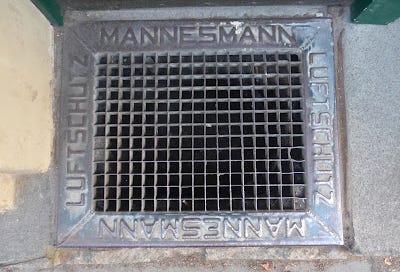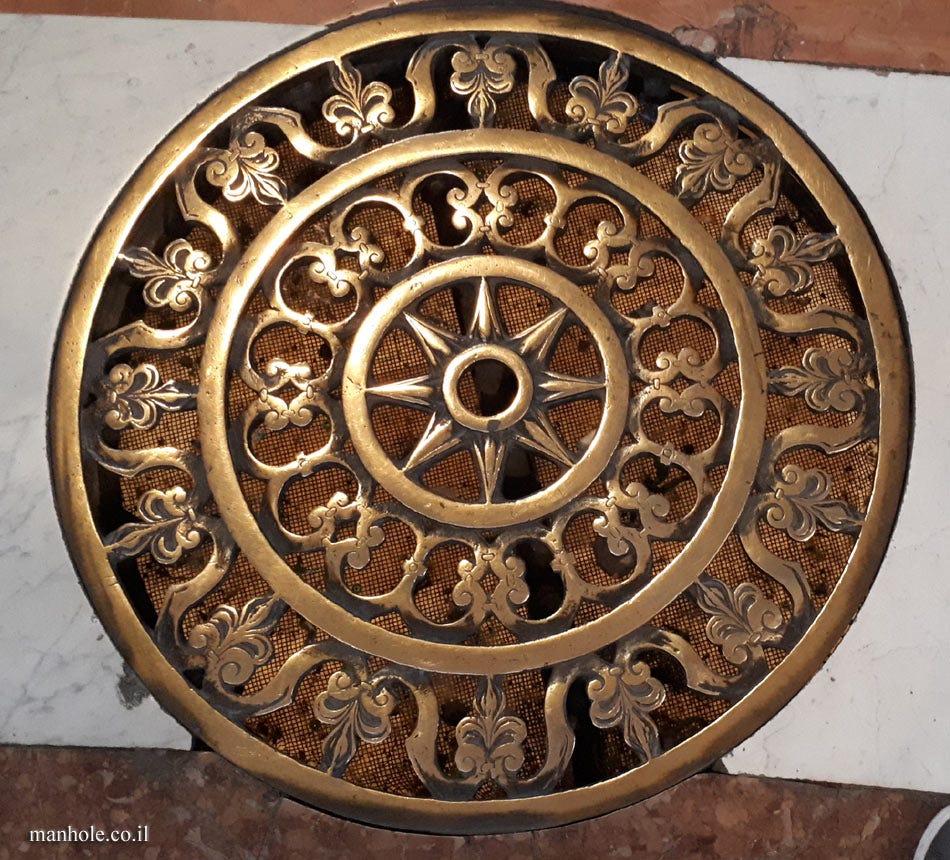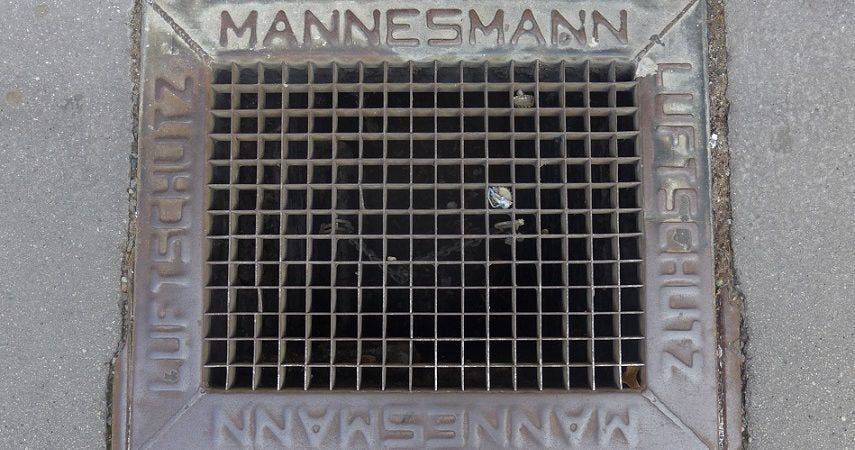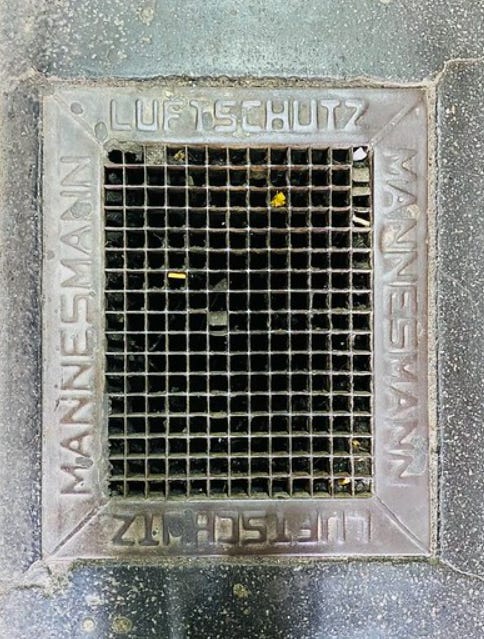Several months ago, I struck up a conversation with a very patient Austrian gentleman in seat 7B on a flight to London. He and his wife were visiting family in the UK. We were discussing 20th-century history and travel. An amateur historian, I explained my wife and I had researched and crafted a well-received walking tour in Vienna called Vienna and the Holocaust: From Tragedy to Justice.
After relaying some of the interesting human interest stories I had unearthed, he confided that he had an unusual hobby — he was fascinated with manhole covers. He passed along a few tidbits and some websites to check out. Naturally, his hobby piqued my interest.
Who would know that manhole covers could be so exciting? After doing a bit of investigating, it quickly became apparent that there was an entire manhole language of sorts that existed, combining visual and textual elements. If you were truly fluent, you could decode what the manhole cover was, well, covering.
The Ultimate Manhole Covers Website
For those in the know, there is a comprehensive website and even an app called The Ultimate Manhole Covers Site. This is serious stuff. Here is the description on their home page.
Under the city's surface there is an underground city, a city that its only purpose is to serve the upper city. In this city there are miles of tunnels, sewerage pipelines, communications lines etc. The manhole covers in this site are the bridge between the upper and lower city and come in various shapes, sizes, writing and graphics.
This website contains 10,340 different covers, from 71 countries and 779 cities.
Think I am joking? Check out this cool manhole cover from the Vatican. That cover is badass. Similar to a calendar of pin-ups, the website also features a “best covers” section where you can download your faves for screensavers and the like.
Mannesmann Luftshutz
Okay, before I lose you completely, where am I going with all of this? So, the one thing I did learn on the airplane (and remembered) was that a German company named Mannesmann AG constructed air raid shelters all across Nazi-occupied Europe. Of particular interest, Mannesmann also had their own manhole covers which were marked with the words “Mannesmann Luftschutz.” For those of you traveling to Europe, if you see a manhole cover marked with these words, you have just cracked the code and identified a World War 2-era air raid shelter underground. Pretty cool huh?
To go one step further, if you are really lucky the outer walls of the surrounding buildings may still bear the letters “LSR” (short for “Luftschutz Räume,” which means “air raid shelter”). Generally, these letters were painted in white along with an arrow pointing to the entrance. Emergency exits were marked with arrows and the letters “NA.” Now who says manhole covers aren’t fascinating?
SOURCES
The Ultimate Manhole Covers Website










